While the Ukraine crisis continues, Washington is trying to increase Western pressure on countries that do not participate in the sanctions against Russia. India is one of these countries that do not join the US-led coalition against Russia, resisting the pressure from the West. With a tradition of the non-alignment movement, India refrained from voting on United Nations resolutions imposing sanctions on Moscow, after Russia launched a military operation against Ukraine on February 24. While Washington is trying to threaten the New Delhi government, with a ‘Chinese stick’, it is also attempting to include India in AUKUS security pact, together with the UK, using the propaganda of the Ukrainian conflict. The New Delhi administration still continues the process of purchasing S-400 missile defense systems from Russia. India’s purchase of S-400 systems from Russia, despite Washington’s objection, causing additional controversy. The US administration, which did not want India to align with Moscow, did not impose “Countering America’s Adversaries Through Sanctions ACT (CAATSA)” on India. They only announced their concerns regarding to this issue.
India is also not responding to Washington’s calls for ‘sanctions on Russia’. Prime Minister Narendra Modi has refrained from making any commitments on stopping or reducing his country’s imports of Russian oil, despite Biden’s promises to help India to diversify its energy sources. Moreover, India increased its imports of Russian crude oil and the state-run Indian Oil Corporation has bought 3 million barrels of oil from Russia despite of West’s intensive sanctions to Russia. In addition, according to the news in the American S&P Global, India this month purchased 5500 NAR (5500 NAR, the net heating value of coal in kilocalories per kilogram) quality coal from Russia for 160-165 dollars a ton. The European Union and Japan had announced that they are banning Russian coal this month.
Indian officials also reported that they restarted exports of tea and food products to Russia last week. It was stated in the news that India exports tea, rice, fruit, coffee, sea food and exported to Russia, and it was noted that payment transactions were provided by Alfa-bank of Russia and by Bank of Maharashtra of India. According to the news, trade between the two countries is handled in rupees and rubles as much as possible and some banks also provide transfers in Euro.
The Indian government is considering Russia’s proposal to use SPFS for payments in rubles. Preparations for the system enabling the import and export transactions between the two countries on the basis of rubles and rupees are continuing.
Speaking last week, Russian Foreign Minister Lavrov also confirmed the news. Regarding their good relations with India, Lavrov said that they support the trade of the countries in their own currencies on this path and added, “For a long time, we have supported the use of our national currencies payments in exchange between the two countries. Both ours and India have their financial systems. We use these systems more frequently now.” Lavrov also added that they will be able to provide everything necessary in the field of defense, besides the S-400 Air Defense Systems supplied to India. The Russian Foreign Minister protested in his speech the fact that China, India and Turkey, which Russia has close relations to, are being constantly pressured by the USA.
The President of the Europian Commission, Ursula Von der Leyen also emphasized the same pressure that Lawrov mentioned in his speech.
During her visit to New Delhi to attend the Solar Alliance on the 25th of April, European Commission President talked about how the Ukraine war affected the Indo-Pacific region, but didn’t ask India openly to change its position towards Russia. Von der Leyen, who put the responsibility of rising prices, food and energy crisis on Russia, said that Europe advocated peace and development in the Indo-Pacific. The statements made by the US officials and the statements of the President of the EU Commission were reported in the Indian press as “EU chief plays on India’s fears of China axis”.
Western ‘Chinese Stick’ didn’t work
The main statement that lead the Indian Press to comment that way came from Washington. US Deputy National Security Advisor Dalip Singh is one of the architects of the sanctions against Russia. He warned India not to trust Russia in a possible conflict with China in the beginning of April when he visited New Delhi. The US visit took place just before the Russian Foreign Minister Lavrov’s and was perceived as a warning to India. Lavrov, on the other hand, referred to Dalip Singh’s ‘warning’ during his visit to New Delhi, emphasizing the “solid friendship” between Russia and India.
It seems that the US and European efforts to discourage and intimidate India have not been successful. As a matter of fact, the New Delhi administration, while showing its determination to maintain trade with Moscow despite the sanctions, is trying to improve its relations with China although it has had border problems for a long time. Chinese State Councilor and Foreign Minister Wang Yi’s visit to New Delhi in March, for the first time since 2020, for a diplomatic contact, created reactions. Wang’s visit was the highest level of direct contact between the two countries since the border conflict in June 2020, in which 20 Indian soldiers and 4 Chinese soldiers lost their lives. Wang Yi last visited the country in 2019.
Before the visit, the Chinese media wrote that China and India share similar stances regarding Russia and the exchange of opinions between the two countries will “serve the stability of the region, despite the efforts of some foreign powers”.
United by the Ukraine Crises
According to experts, both India’s and China’s abstention in the session of the UN General Assembly on the condemnation of Russia’s military intervention, shows that the Ukraine conflict creates a common approach between the two countries regarding global and regional politics. While India perceived Pakistan and its ally China as a threat, it looks like as the Ukraine crisis had changed this perception.
India is seeing the Quad alliance, which the USA, Australia and Japan and India itself are members, as a balancing factor with China. India has important political, military and commercial relations with Russia. The US leaving Afghanistan and China increasing its influence in the country have raised New Delhi’s security concerns. India is re-evaluating its relations with China and Pakistan, who supported Russia in Ukraine crises in regards to regional and global equation.
Wang Yi’s visit is critical in this respect. According to press after the visit, Narendra Modi was invited to the BRICS Summit which will be held at the end of this year. It is emphasized that with this invitation, Beijing aims to bring Russia, China and India together at the same table. The Times of India newspaper printed the following headline about Wang Yi’s visit: “’Keenly Felt’ India, China agree to adhere to consensus of not a threat to each other: Wang Yi on his India visit”.
Another Indian newspaper, The Tribune wrote that India’s independent foreign policy and its refusal to take a stand against Russia by force of the USA did not go unnoticed by China. The article emphasized that India and China have the opportunity and responsibility to take the initiative to end the Ukraine war, published under the title: “Time for India, China to mend their ties”.
Fear of losing India
The US is concerned about this joint attitude of India and China. The American news site Business Insider commented that the Ukraine war united the West against the ‘common enemy’, while a coalition was formed in the East that kept the Russian economy alive. The Business Insider article shows China and India are the two economies that keep Russia alive. The article states that Moscow does not feel the pressure as expected by the West due to the sanctions, and emphasize that China and India are openly on the side of Russia or not against it.
Washington aims to position India against China through the AUKUS alliance it has formed with Britain and Japan against China in the Indo-Pacific. The Australia-based think tank Lowy Institute published an article with the collaboration of Ministry of Defense and on this article recommended cooperation between AUKUS and India in the field of maritime security, nuclear and various defense technologies to develop a comprehensive partnership with India.
Therefore, China wants a neighbor that will solve its problems in time, instead of an India that will be positioned against itself in the Asia-Pacific. This way, it will take steps to increase mutual confidence, and will keep a distance from the US-UK plans in the region. The Ukraine crisis gave this opportunity to both Beijing and India. India, Russia and China’s progress in developing capabilities to act together once again will change the regional- global balances in favor of Asia.


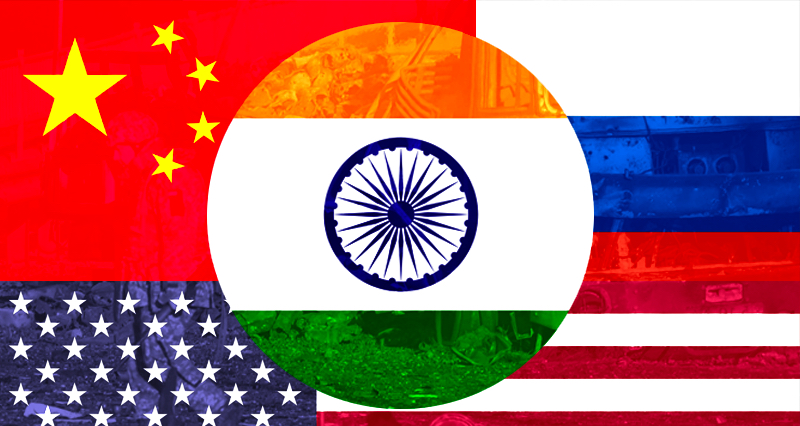


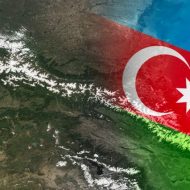
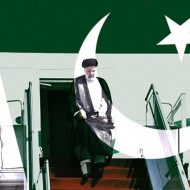
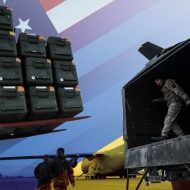
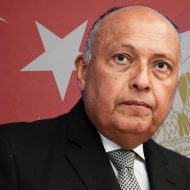
His analysis is really very interesting and precise. While I do not share anything that is happening on the entire planet, I think that Russia, China and India have an important weight for the maintenance of the world balance. As long as there is no equality and equality of chance and survival for all the individuals of this world, it is good that no block of nations prevails.
Thanks Fernando Del Regno